In this interview, AZoSensors talks to Paul Wehnert, Executive Vice President at Heath Consultants Incorporated, about the company, their role in leak detection, and how they approach their work.
Please could you provide an overview of Heath Consultants and the work they do?
Heath Consultants Incorporated (HCI) was established in 1933 and currently in our 88th year of business. HCI operates in three (3) business units; The Services Business Unit (SBU) provides Natural Gas Pipeline Leak Detection, Underground Utility Locating, and Meter Services. The Products Business Unit (PBU) provides the manufacturing and distribution of Natural Gas Leak Detection Instruments, Underground Pipe & Cable Locators, and Odorant Level Testing equipment for Natural Gas. Norton Corrosion Limited provides Cathodic Protection Design and Engineering for the prevention of corrosion on Pipelines and Related Facilities.
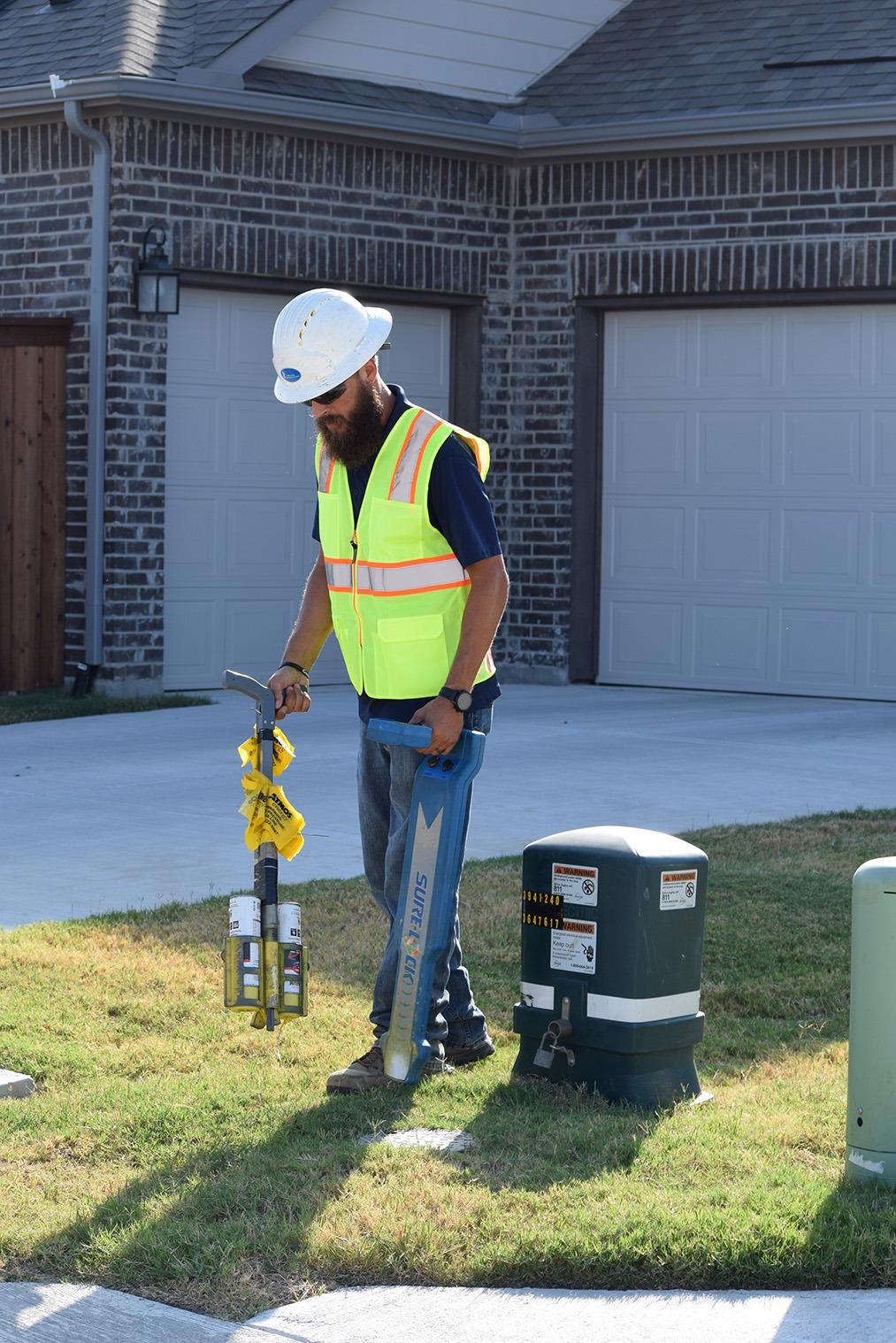
Image Credit: Heath Consultants Incorporated
Since its founding, how would you say the company has evolved?
HCI has evolved through the development of “state of the art” technologies for the detection of Natural Gas Leaks as well as the deployment of these technologies into our contract Field Services. We partner with well known Research & Development firms, Universities, Trade Associations, and Regulatory Agencies that allow us to keep close to our industry.
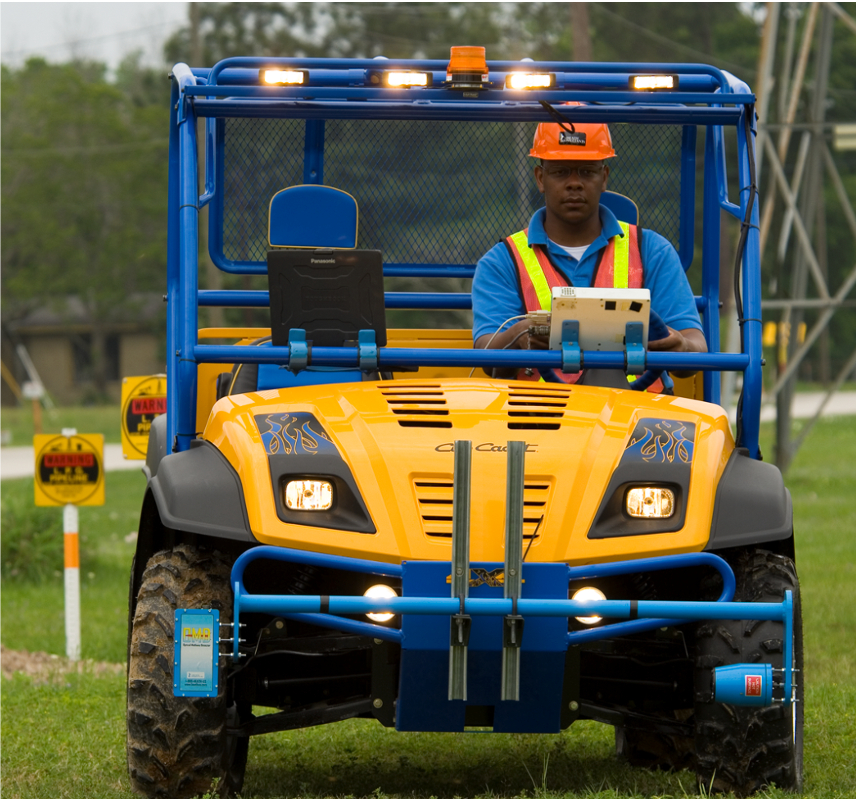
Image Credit: Heath Consultants Incorporated
In a similar vein, how would you say the niche of leak detection has evolved?
Leak Detection Technologies have changed through the years from Flame-ionization (FID) to Optical Infrared and Laser-based technologies of today. Flame-ionization (FID) leak detectors were used in the late 1950’s up through the later 1990s for Natural Gas Leak Detection in both portable and mobile applications. It was in the later 1990s with the release of the Optical Methane Detector (OMD) was introduced for mobile leak detection. Standoff remote laser leak detection – the RMLD-IS for portable application was released in the mid-2000s followed by the optical infrared DP-IR a few years later. In 2019, Heath released of the RMLD-CS for remote methane leak detection.
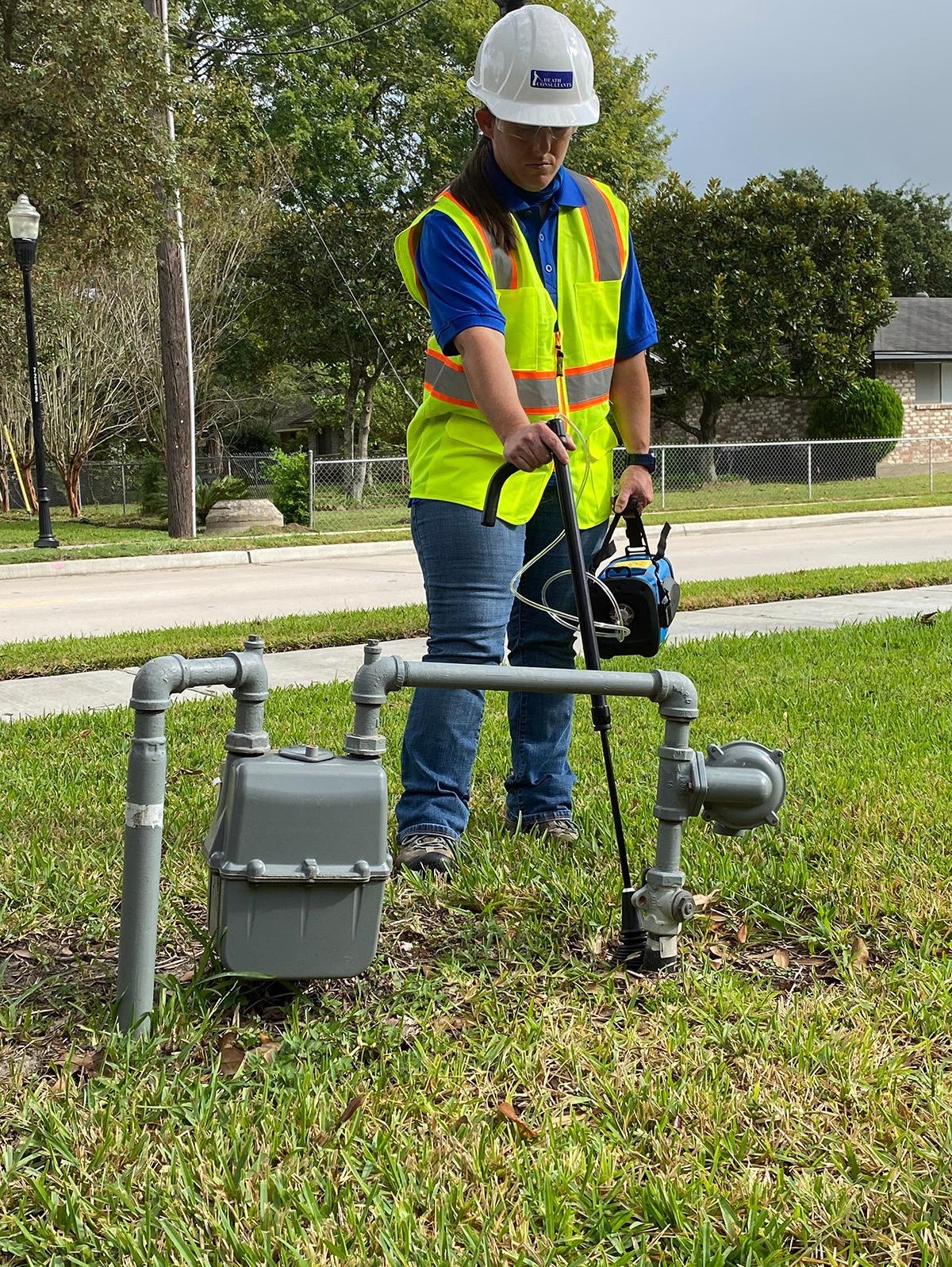
Image Credit: Heath Consultants Incorporated
What would you say are the main challenges when it comes to leak detection and how has technology evolved to combat these?
The challenges today are public safety, the environment, and aging infrastructure. The loss of natural gas through leaks can cause safety hazards to the public while at the same time the release of Natural Gas (methane) is detrimental as a greenhouse gas (GHG) and a potential contributor to Climate Change. The Natural Gas Industry certainly has a good story today regarding the plentiful domestic supply of clean-burning natural gas. Today a lot of effort is being placed on the replacement of older infrastructure to reduce methane losses and increase pipeline integrity and public safety. A lot of emphasis is currently being placed on Natural Gas Leak Detection technologies; Aerial, Mobile, Portable, and Fixed applications to reduce any methane emissions.

Image Credit: Heath Consultants Incorporated
How does functioning as both a services provider and manufacturer allow for greater flexibility?
The fact that HCI is both a product manufacturer and provider of Field Services allows the Research and Development (R&D) initiatives to be extremely close to the Field user both client and internal. This also allows for Field testing for exceptional performance and durability of these commercial technologies. We see a lot of investment in software applications to better document and validate the use of Leak Detection Technologies in the Field with GIS, GPS, Electronic Leak Reports, Leak Classification, Leak quantification as well as date and time stamps of work performed.
What do Heath see as emerging fields in the industry and where do they see the future going?
Future technologies will see a lot more software enhancements which include Machined Learning (ML), Artificial Intelligence (AI), Virtual Reality (VR), and Augmented Reality (AR). We also see smarter portable, mobile, and aerial-based platforms along with an increase in “fixed” continual gas detection technologies for 24/7/365 monitoring. We are currently working with the University of Texas and Project Astra where the industry is testing various fixed sensor technologies for the reduction of methane emissions at production well sites. A lot of emphasis is being placed on methane emissions along the entire operating chain from wellhead to burner tip.
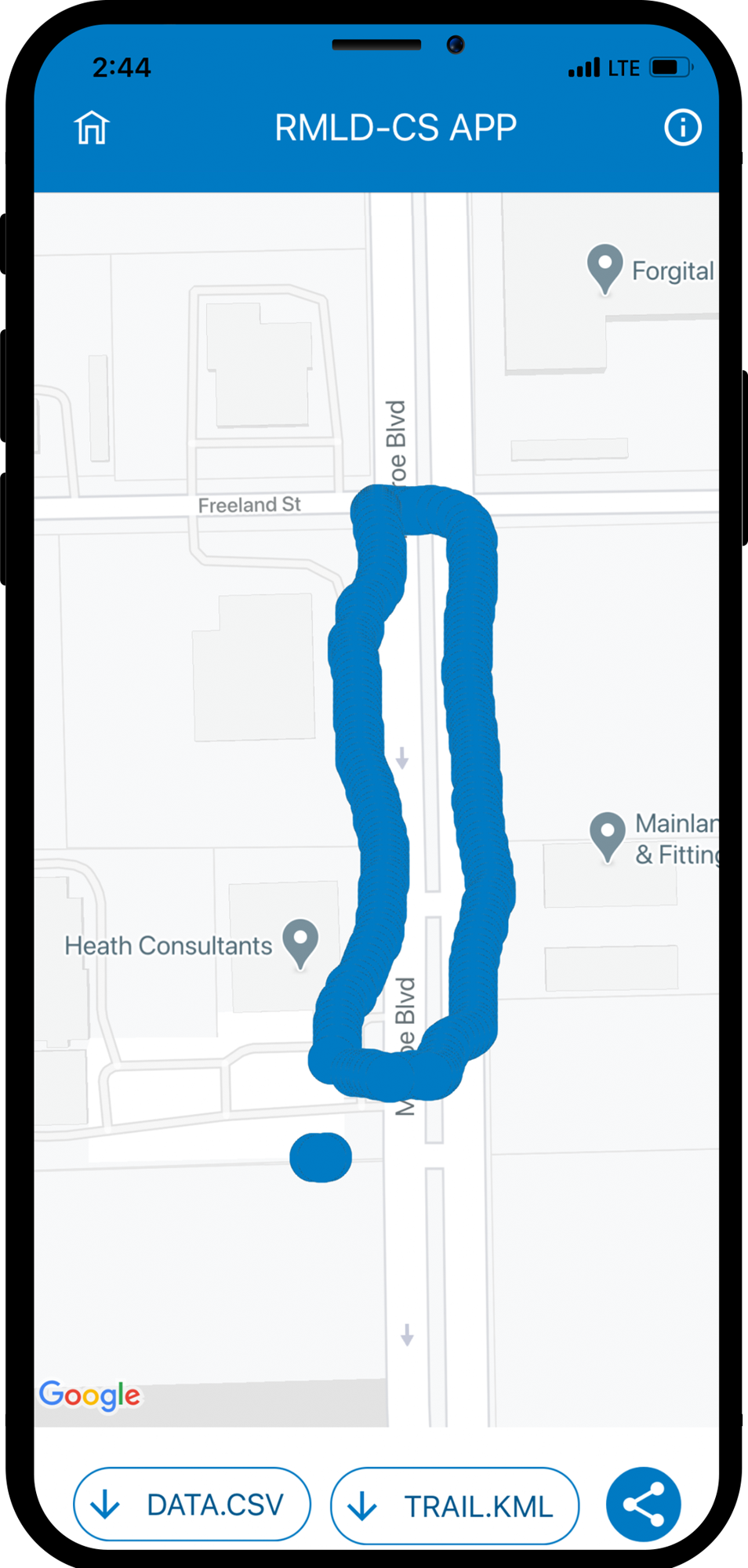
Image Credit: Heath Consultants Incorporated
Where can readers find more information?
About the Researcher
Paul is currently the Executive Vice President – Chief Marketing Officer. He joined Heath in 1980 as a Field Consultant when he was recruited from the State University of New York at Syracuse with a degree in Environmental Science. Paul has served in many roles throughout his career including Field Consultant, Operations Coordinator, Technical Services Consultant, Outside Sales in the Central Southwest and Mid-Atlantic Regions, National Sales Manager and since 2002 in the position of Senior Vice President – Sales and Marketing. Paul has been instrumental in the development of technological advances in the fields of leak detection, odorization, and pipe/cable locating technologies. He is a member of numerous industry associations that are dedicated to educating both public and private entities about the safety of the natural gas industry. He has presented papers and provided instruction for private, municipal, and investor-owned utilities, Department of Transportation, Transportation Safety Institute, state regulatory agencies, numerous state, regional, and worldwide gas associations/entities around the world.
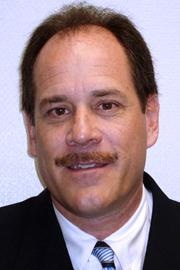
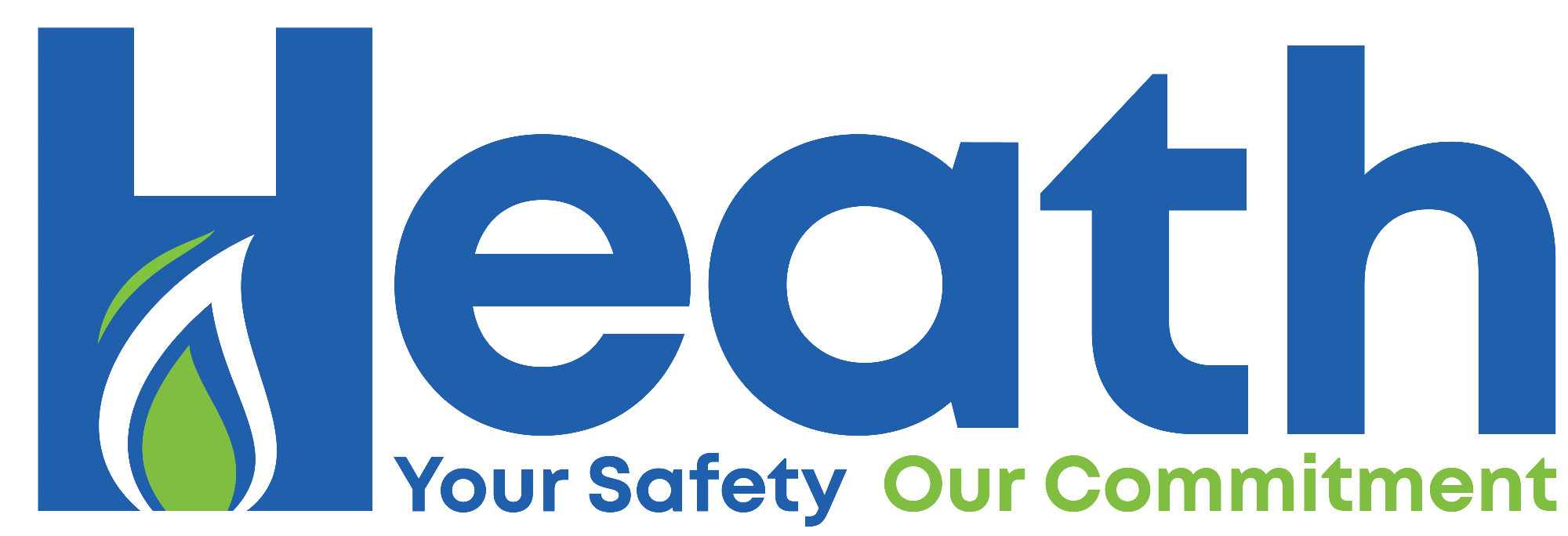
This information has been sourced, reviewed, and adapted from materials provided by Heath Consultants Incorporated.
For more information on this source, please visit Heath Consultants Incorporated.
Disclaimer: The views expressed here are those of the interviewee and do not necessarily represent the views of AZoM.com Limited (T/A) AZoNetwork, the owner and operator of this website. This disclaimer forms part of the Terms and Conditions of use of this website.